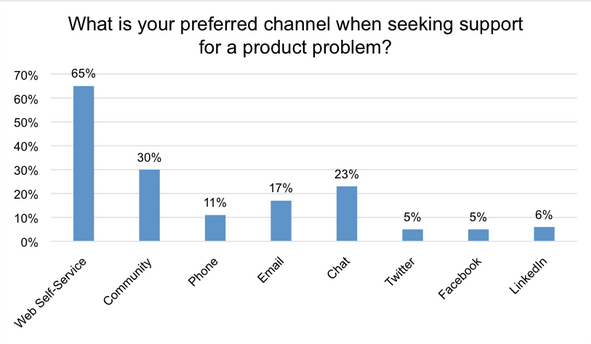How to Expand and Utilize Enterprise Search
The global enterprise search market generated revenues of more than $1.47 billion in 2012 and is expected to reach $8.90 billion by 2024, according to a new study by Grand View Research, Inc. Given the mass amount of data at our disposal today, searching for specific files or folders alone will no longer satisfy an increasingly millennial-dominated workforce. They have a lower tolerance for hassle and expect to get results that look less like a page of links and more like answers to a question.
Today, enterprise users expect instant searching of public Internet and Intranet data, extending from both static content like HTML, XML/XSL, and PDF, to dynamic content like SharePoint, PHP or ASP.NET. Users also expect instant, simultaneous search access to email messages along with multilayered embedded attachments.
Since the featured topic of the most recent CMS-Connected Show was enterprise search, our host Tyler Pyburn interviewed Mark Floisand, CMO at Coveo to get his in-depth insight on the various ways to bring enterprise search into play:
Search is no longer just a way of retrieving information people seek, yet it is, as Floisand puts it, “a primary navigation vehicle” to enable people to access the information they need from anywhere, in any format, by organizing the retrieval of structured and unstructured data. Contrast to the traditional perception, search doesn’t have to come into play only when a user types keywords into a search tab, as search capabilities can also be utilized to personalize a user's digital experiences. This is also a primary reason why leading analyst firms have changed what they call enterprise search, illustrating that organizations can retrieve much more information through search interactions. For instance, Gartner now uses the term “Insight Engines” or “Proactive Search” while Forrester calls it “Cognitive Search.” It’s simply because search is a two-way street: a user, either a customer or an employee, searches for information, while businesses also seek the data to figure out what their audience is looking for. At the end of the day, search capabilities can provide businesses the analytical insight on what people intend to be informed on and what information they could ultimately find, while providing users the information they search for.
Speaking of analytics, I would like to shed light on Floisand’s example among Coveo’s clients. During the interview, he mentioned that based on Coveo customers’ experience, businesses can see up to a 30% improvement in case deflection, given that each percentage of deflection is worth about a million dollars. For those who aren’t acquainted with the term, case deflection is the act of avoiding case load on contact centers from customers through a self-service resource as self-service is dramatically more cost effective than other support channels. After all, self-service is what consumers are looking for. In fact, respondents to a recent TSIA survey stated they overwhelmingly prefer web self-service to other support channels:

In the interview, Floisand also made a really good point regarding the mobile devices shift. Since consumers utilize smaller screens than desktops provide, the first or second item on those screens is really what they are looking at. Therefore, it is critical for a mobile experience that the most relevant content is populated to the top regardless of devices. To do so, organizations should make sure that they integrate search technology into every touchpoint where customers interact with the brand, whether in a virtual or physical form across multiple channels.
Although consumers are very familiar with search due to, our favourite search engine, Google, enterprises are only really scratching the surface in terms of its vast capabilities across all business experience. To learn more on Enterprise Search from the other experts, tune into the featured topic segment of the CMS-Connected Show aired on September 29th, as the show host’s Scott Liewehr, Tyler Pyburn and special guest Lou Jordano, CMO at Attivio, examined how your website should be helping people seek the information they need.

Venus Tamturk
Venus is the Media Reporter for CMS-Connected, with one of her tasks to write thorough articles by creating the most up-to-date and engaging content using B2B digital marketing. She enjoys increasing brand equity and conversion through the strategic use of social media channels and integrated media marketing plans.